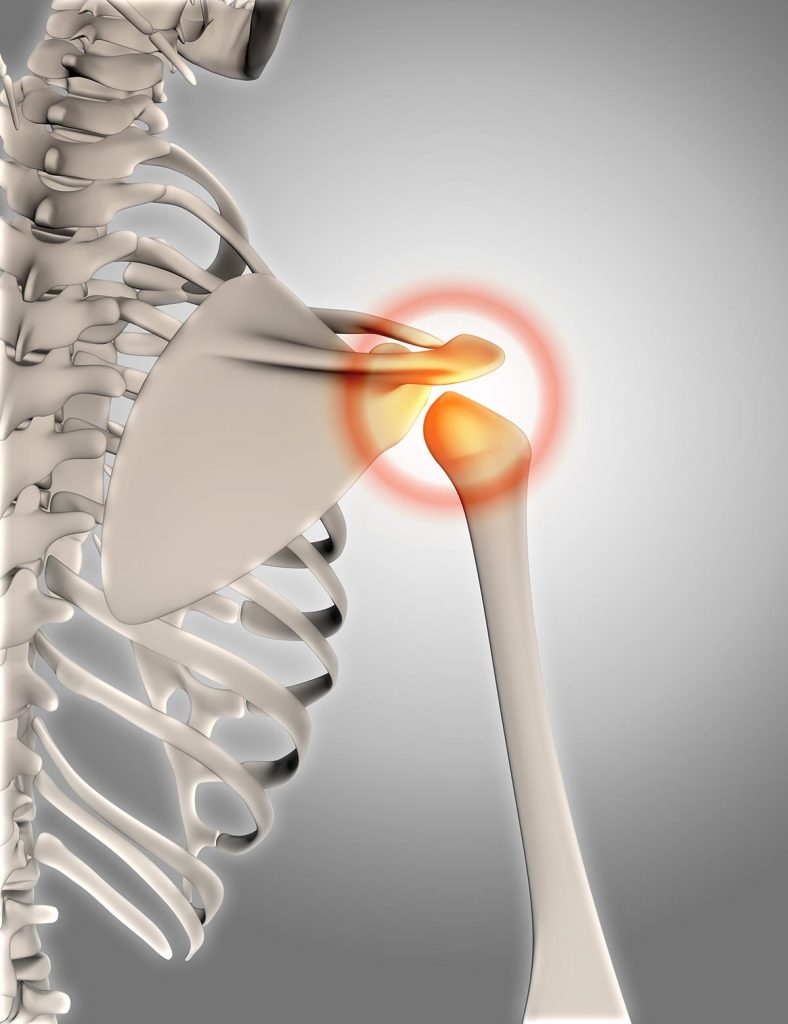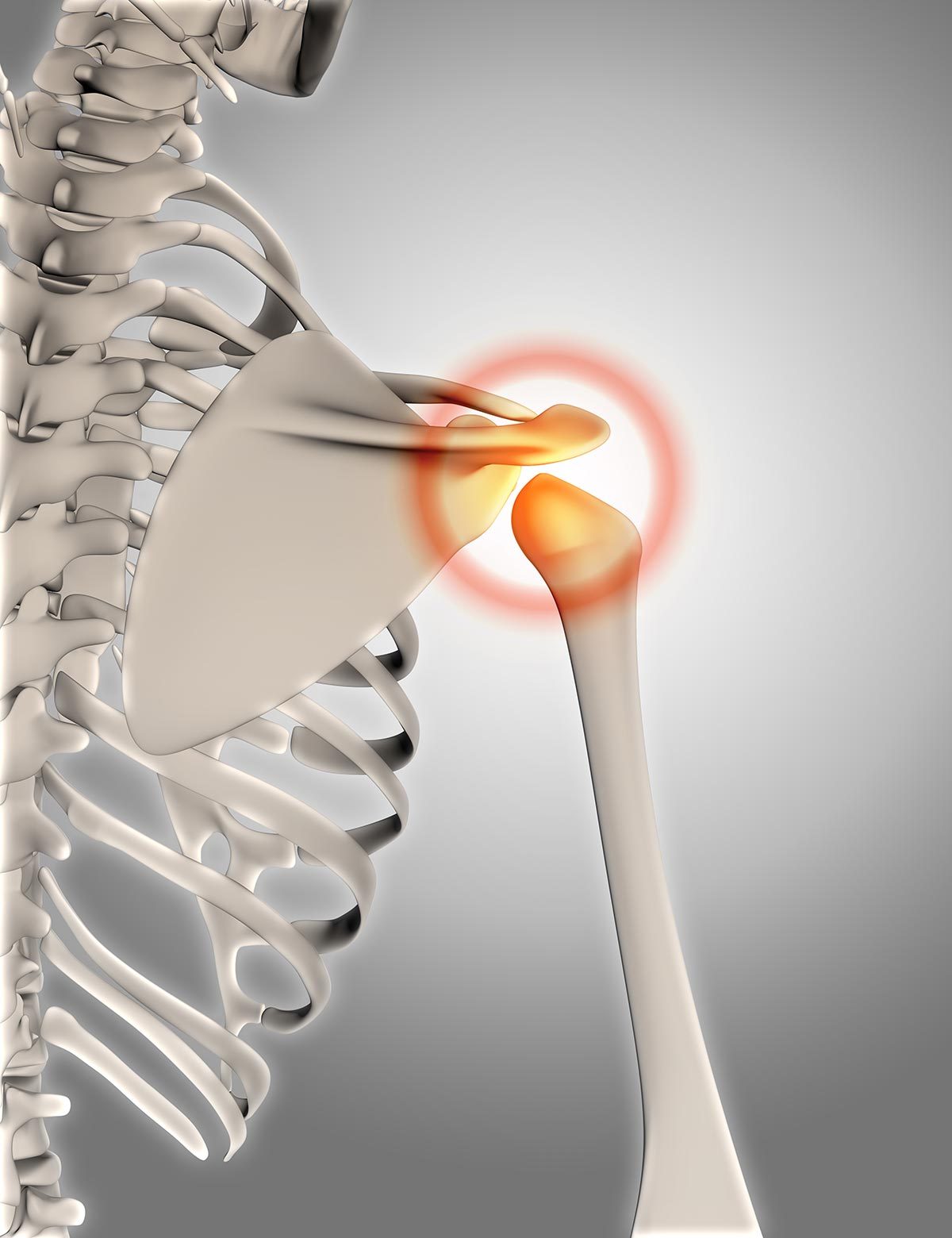Osteoarthritis
![]()
Call (703) 520-1031 or use the form below to send us your contacts.
What is osteoarthritis?
“Arthritis” is a condition where the joints are inflamed. Osteoarthritis is one of a dozen types of arthritis. It often develops with age and typically affects large joints in hands, knees, hips, and spine.
What are causes of the osteoarthritis?
Osteoarthritis develops when the cartilage tissue located at the ends of bones becomes damaged. The joint cartilage tissue is a hard-slippery material that covers the end of a bone in the place where another bone meets. Because of the cartilage the bones move against each other smoothly without rubbing together. When osteoarthritis develops, the cartilage structures begin to break down and become thinner. Consequently, it cannot perform its functions and the bone-ends in the joint starts to rub against each other. Due to this process, patients with osteoarthritis suffer from pain and stiffness in the large joints such as knees. Also, in an acute phase of inflammation joints can become swelling. Finally, the bone can grow into thin cartilage tissue creating the knobbly shape of joints’ surfaces and makes them very painful and unstable. Although osteoarthritis is not caused only by aging or by normal tear and wear of the cartilage, it is more common among older people.
Other factors that make you more likely to get osteoarthritis include your weight, being a woman and having osteoarthritis in a family.
Symptoms
The symptoms develop gradually as a person gets older. Common symptoms include:
- Pain. You may hurt constantly or you may only feel pain when you use the affected joint. The pain is described as aching, burning or sharp
- You may feel stiff when you get up in the morning.
- You have motion problems. This can happen when you climb stairs or try to reach the top shelf in your kitchen.
- Swollen joints and crunching feeling in joints when you move them.
- Joints that feel knobby, particularly the knee joints.
- Weakness in the muscle around the affected joint.
Treatment
Osteoarthritis can be treated but not reversed. Symptoms can usually be effectively managed with lifestyle changes, physical therapies, appropriate medications, and in some cases, surgery. Losing weight through diet and exercise are two of the most important ways to treat osteoarthritis.
If above-mentioned treatments don’t work, your physician may discuss with you the following interventions:
- Cortisone injections into the affected joints.
- Hyaluronic acid injections. This substance acts like your natural joint fluid and can provide some relief.
- Realignment of the bones. Also known as an osteotomy, this is done when one side of knee joint is damaged more than the other side.
- Joint replacement surgery. This is a common surgery with excellent results where a surgeon rids the joint of the damaged surfaces and inserts plastic and/or metal replacements.
Osteoarthritis FAQ
What is the difference between arthritis and osteoarthritis?
Arthritis is a catch-all term for describing a disease in which one or more joints become inflamed or swollen. The term includes rheumatoid arthritis, osteoarthritis, psoriatic arthritis, gout, fibromyalgia, lupus, and dozens of more types. According to the Centers for Disease Control, more than 100 diseases affect joints and tissues around the joints. Osteoarthritis is one specific type of arthritis in which the cartilage in the joint breaks down. Here you can read more about the differences between arthritis and osteoarthritis.
What is the best supplement for osteoarthritis?
The supplements that many people with osteoarthritis take are chondroitin sulfate and glucosamine. Medical research is ongoing with the focus on pursuing scientific evidence that supplements repair cartilage or can stimulate new cartilage components. According to the Arthritis Foundation, some other supplements that have been supported by past research as beneficial (more is needed) include curcumin, turmeric, ASU (avocado soy unsaponifiable), bromelain, fish oil, and ginger, to name a few.
What are the early signs of osteoarthritis?
Osteoarthritis develops slowly. Some of the earliest symptoms are mild joint pain, joints that are stiff, and loss of joint flexibility. The joints may make popping noises when used. The joint stiffness is often noticeable after being inactive for a while or first thing in the morning. There may be tenderness that is felt when the joint is pressed.
What happens if osteoarthritis is left untreated?
Osteoarthritis is a progressive disease so that it will get worse over time. For most people, it develops in the spine, hips, and knees because they are weight-bearing joints. It also is commonly found in the fingers but can develop in any joint in the body. Osteoarthritis is wear-and-tear of the cartilage that cushions bones in the joints. As the cartilage deterioration progresses, the bones in the joint begin to rub together, leading to pain and reduced joint mobility. The frayed cartilage and bone rubbing may lead to inflammation of surrounding tissues and joint swelling. If left untreated, a severe loss of cartilage and slipping bones can lead to deformities, like bow-leggedness and bent fingers, bone growths on fingers, and bony spurs on the spine.
